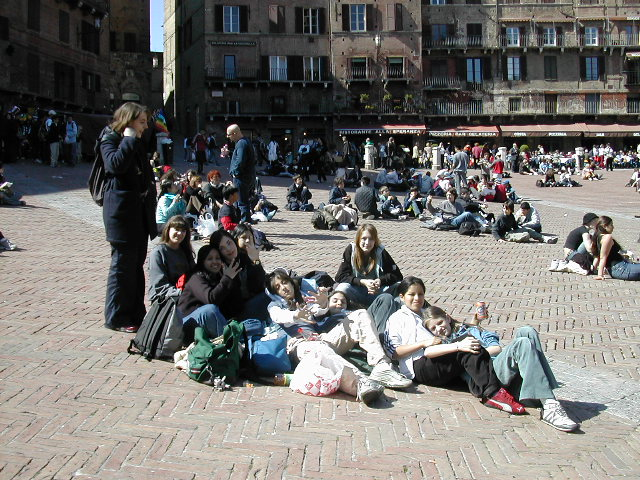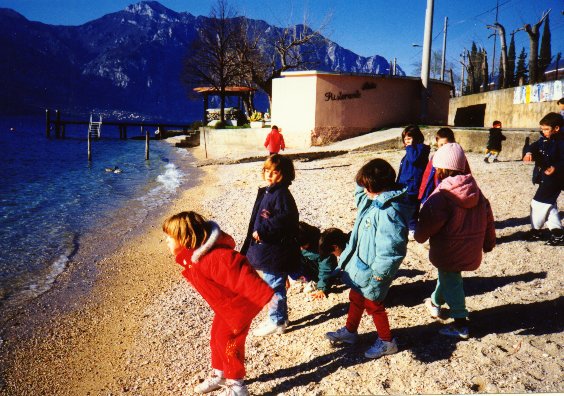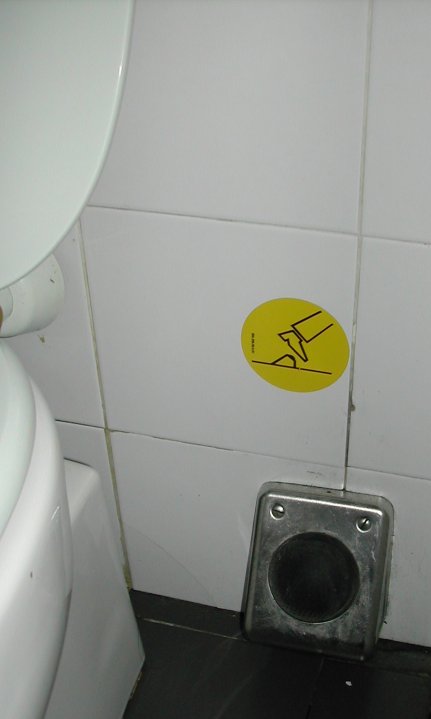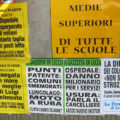This question came up recently on one of the expats-in-Italy boards I hang out on (it had coincidentally already been on my mind): How do you make friends with Italians?
Although most of the Italians I’ve met are warm and friendly and great fun to have dinner with, I’m not sure that I have any really close Italian friends. There are Italians with whom I can enjoy a long chat when the occasion happens to arise, but no one I’d call up and pour out my heart to when I need an understanding ear. I do have friends like that, both in Italy and elsewhere, they just don’t happen to be Italians.
I’ve observed, over the years I’ve been here, that most Italians don’t make friends as easily as many Americans do. I think it’s a matter of practice. Many Americans move around a great deal (most within America, some outside), and have repeatedly faced the need to make new friends. When you move a lot, you learn to get to know people quickly.
Most Italians stay all their lives in the city of their birth (if they possibly can); some never even move out of their original neighborhood, though they may commute across town for work. Some commute between cities, working somewhere during the week and returning home on weekends. Some are forced to migrate for work, but still maintain strong ties with their paese, a word meaning both “town” and “nation” – which reflects Italy’s long history as a collection of separate city-states.
Hometown ties extend even to strangers. When we first moved to Italy, our car (donated by my husband’s parents) had a license plate from Teramo, a town in Abruzzo. We drove it to Milan for our first reconnaissance visit. Late at night, at a toll booth just outside the city, a man in a car beside us shouted excitedly: “Are you from Teramo? That’s where I’m from, but I live here. I’m in the Guardia di Finanza. If you ever need any help, just look me up!” (The Guardia di Finanza are the financial police, who investigate accounting frauds, tax evasion, etc. – I hope never to need him!)
Kids usually stay in the same school for the complete cycle at each level: five years of elementary school, three of middle school, and five of high school. As far as I can tell, Italians form their enduring friendships during their school years, and, even if they grow up to be very different from those friends in lifestyle, experiences, careers, etc., they don’t feel a strong need for new friendships in later life.
I just ran across an article in the International Herald Tribune which suggests that this is also true in other European cultures: “the therapist stated categorically that people just did not make friends any longer in middle age. That advice, suggested Draguns, reflects cultural traditions in Germany and the Netherlands, where people tend to limit their friends to those they made in school and to keep the same friends through old age…”
I’ll be curious to hear from my European readers about this, to agree or refute or expand. I wonder: do Europeans feel that American-style friendships are shallow, because they happen so quickly? Some undoubtedly are, but not all. Some of my closest friendships have been formed very quickly, often with other third-culture kids who feel the same need I do to find the right people and make friends quickly.
See also: Rebecca’s view
Update: A few years later I began meeting and hanging out with il popolo della rete – Italians who are active online – and then began to find like-minded Italians to be friends with.
What’s your experience of making friends in Italy?
















